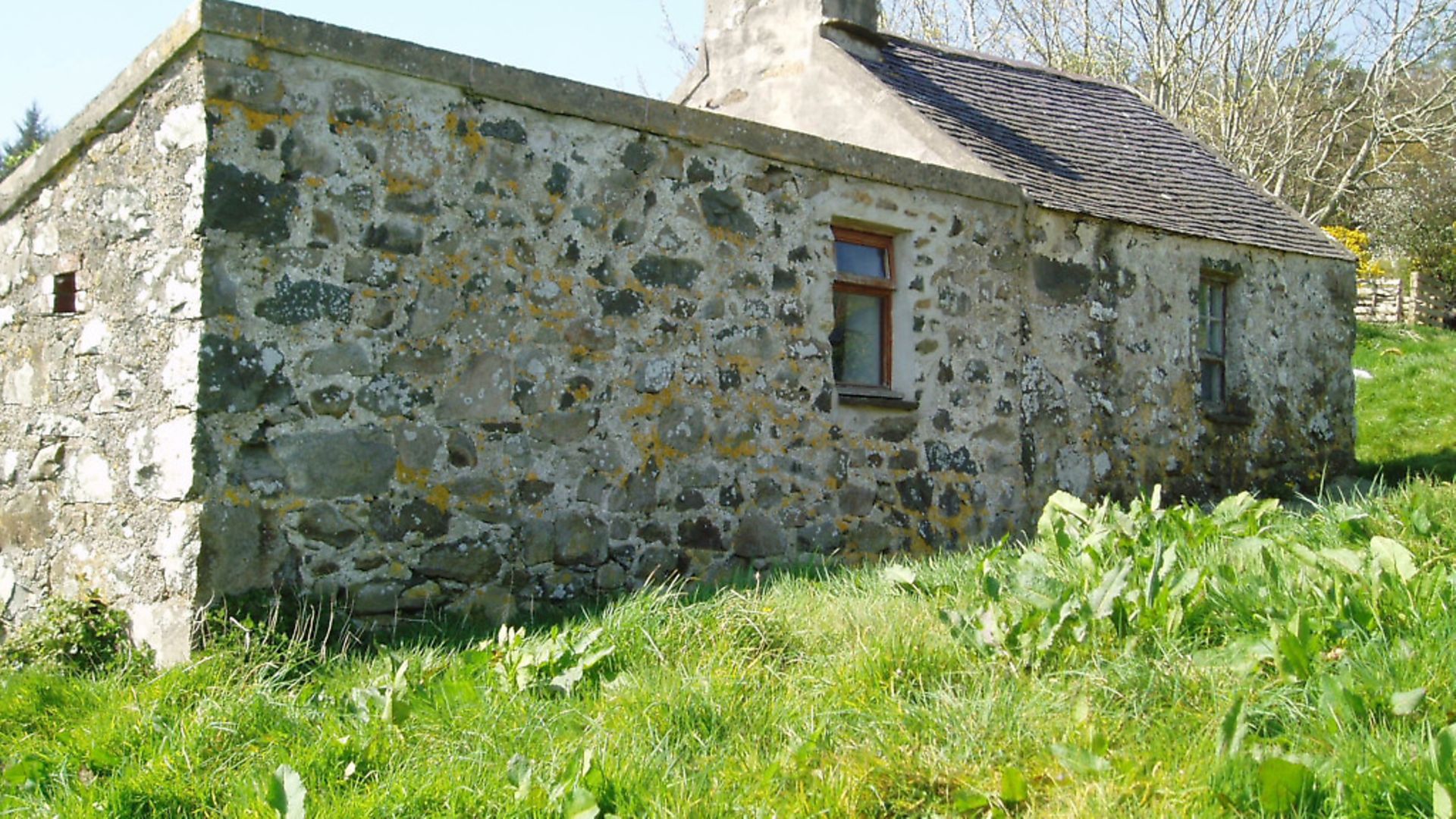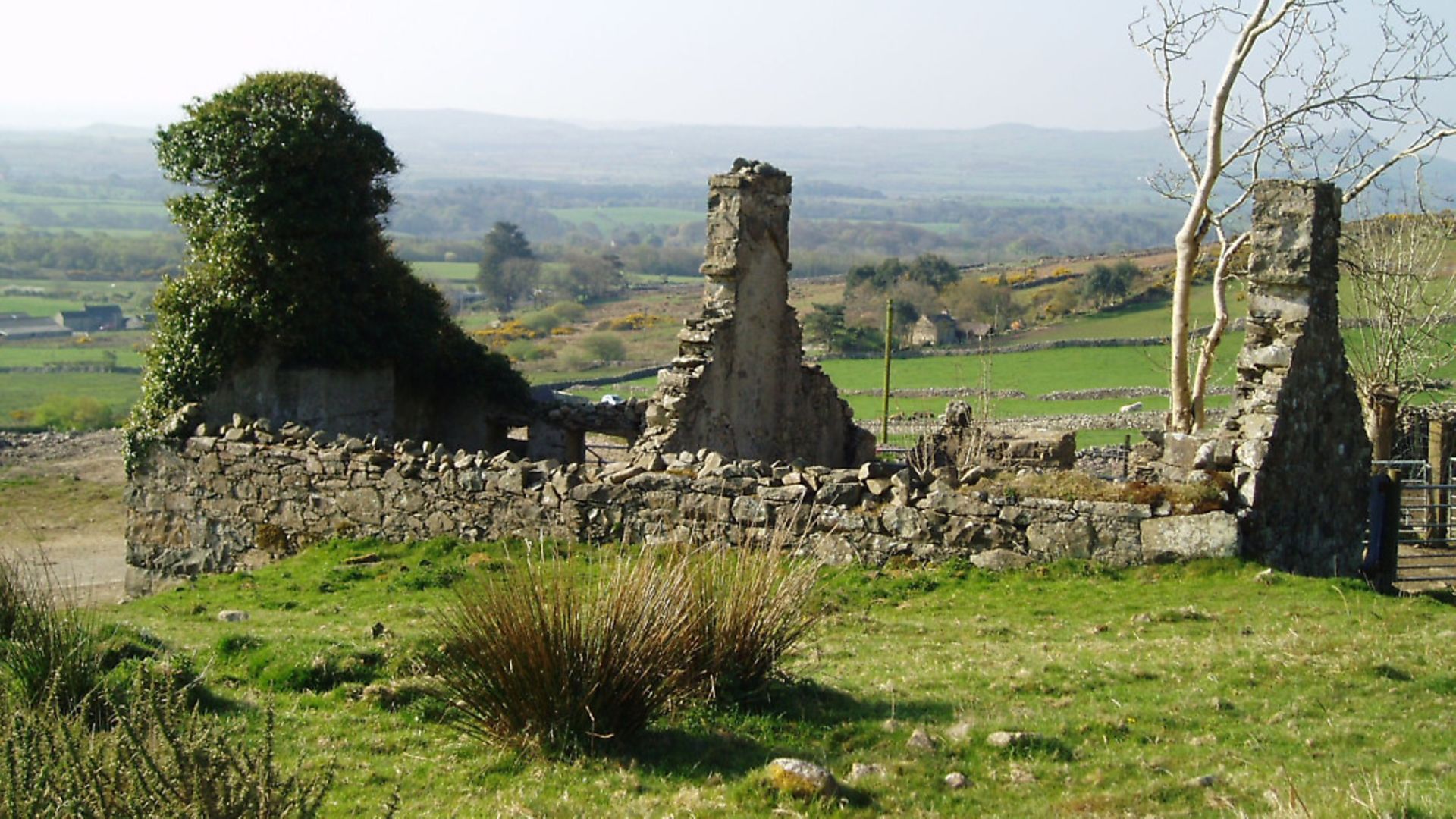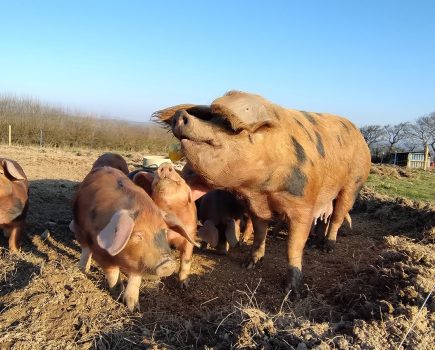Buying a smallholding can be beyond the reach of many. But there are alternative routes to ‘the good life’, as Tim Tyne explains

Back in the days when my family first embarked on a life of self-sufficiency, big old country houses with a bit of land were right out of vogue – this was the early 1980s, remember, when the city was the place to be – so smallholdings were affordable. A young family with limited capital could cheerfully opt out of the rat-race without a care in the world. Many did, and were considered cranks. How times have changed! With smallholding now the fashionable lifestyle choice of affluent early middle-aged downshifters, property prices have risen to the point where keen (but hard-up) young families with dreams of self-sufficiency haven’t got much hope of getting a foot in the door. What’s particularly galling is that a fair number of today’s ‘smallholders’ aren’t particularly interested in food production, don’t grow any crops and don’t eat their own animals – their ownership of the land is based purely on its amenity value. However, all is not lost!

There are ways and means for young people to get started, even in situations where funds are hard to come by:
– You do not have to own the land on which you keep your animals or grow your crops. It is often possible to rent small fields in rural areas, so if you already have a house you’re halfway there.
– An allotment makes a good starting point.
– Consider some kind of ‘share farming’ arrangement. You may know of an elderly smallholder (or someone with a large garden) who’s finding the day-to-day management of the land a bit much, but isn’t quite ready to give it up altogether – they might be glad of your input, in return for a share of the produce.
– Environmental schemes on big farms in arable areas often require that parts of the land be grazed. Additional ‘brownie points’ may be gained by the use of rare or traditional native breeds. In many cases the landowners do not have the time, inclination or expertise to keep their own livestock, and are glad to find someone with suitable animals to manage the grazing.
– Nature reserves sometimes require grazing livestock for habitat management purposes.
– Consider co-operative ventures, co-operative land ownership or joining a commune.
– If you are planning to buy a smallholding, remember that you don’t have to have your house and your land on the same set of title deeds. In fact, there are situations where it may be advantageous not to.
– Despite the current high property prices, there are still cheap places to be found if you search around. Often these are in a run-down, semi-derelict state, but if you’re young and fit and don’t mind hard work then this may be the answer.
– Look out for properties being auctioned by banks following repossession, or government auctions of abandoned land. Even if they’re not exactly what you want, it does at least give you an opportunity to get a foot on the property ladder.
– Consider crowdfunding as a means of raising capital. Several young people have managed to get started in agriculture recently using this method, as has been well documented in the farming press.
– A mortgage lender does not have to be a bank or building society. You can have a proper legally binding mortgage arrangement with anyone who’s prepared to back you. In some cases the person selling the land will be prepared to offer a mortgage (i.e., you pay them for it in regular instalments over an extended period of time, together with an appropriate amount of interest). This scenario is most likely where you’re buying just a few acres from a much larger farmer.
– Try to buy at least one small plot of land outright as soon as you can, even if it’s not in an ideal location for you. (You can always rent it out.) This can then be offered as security against a loan for further land purchases, without putting your home at risk.
– If you own land, but no house, there are certain circumstances where you may be granted planning permission to build yourself a low-impact dwelling on that land (e.g., Wales’ One Planet Development Policy). You might also be granted planning permission if you are able to demonstrate the need to live on site for animal welfare reasons. However, in both of these cases it is likely that you will have to provide a business plan showing that your smallholding is a viable enterprise.
– Don’t be shy about claiming any subsidies, grants, support payments or benefits you may be entitled to. Agricultural subsidies might only apply once you reach a certain minimum acreage. Grants may be available for business start-up, so are useful if you’re thinking of a diversification project such as a farm shop, and for environmental projects. You may also be entitled to claim grants towards improvements that increase the energy efficiency of your home. Support payments and benefits are designed to assist low-income families, and have the advantage of providing regular payments – something a bank will want to see if you’re applying for a loan.
– It is quite likely that you’ll need some additional source of income, over and above what can be generated by your smallholding activities, but it’s very difficult – if not impossible – to make a good job of running a smallholding if you’re engaged in full-time employment elsewhere. However, the internet now makes it a relatively simple matter for you to set up and run an office-based business from your home.
Image(s) provided by:
Archant
Archant







